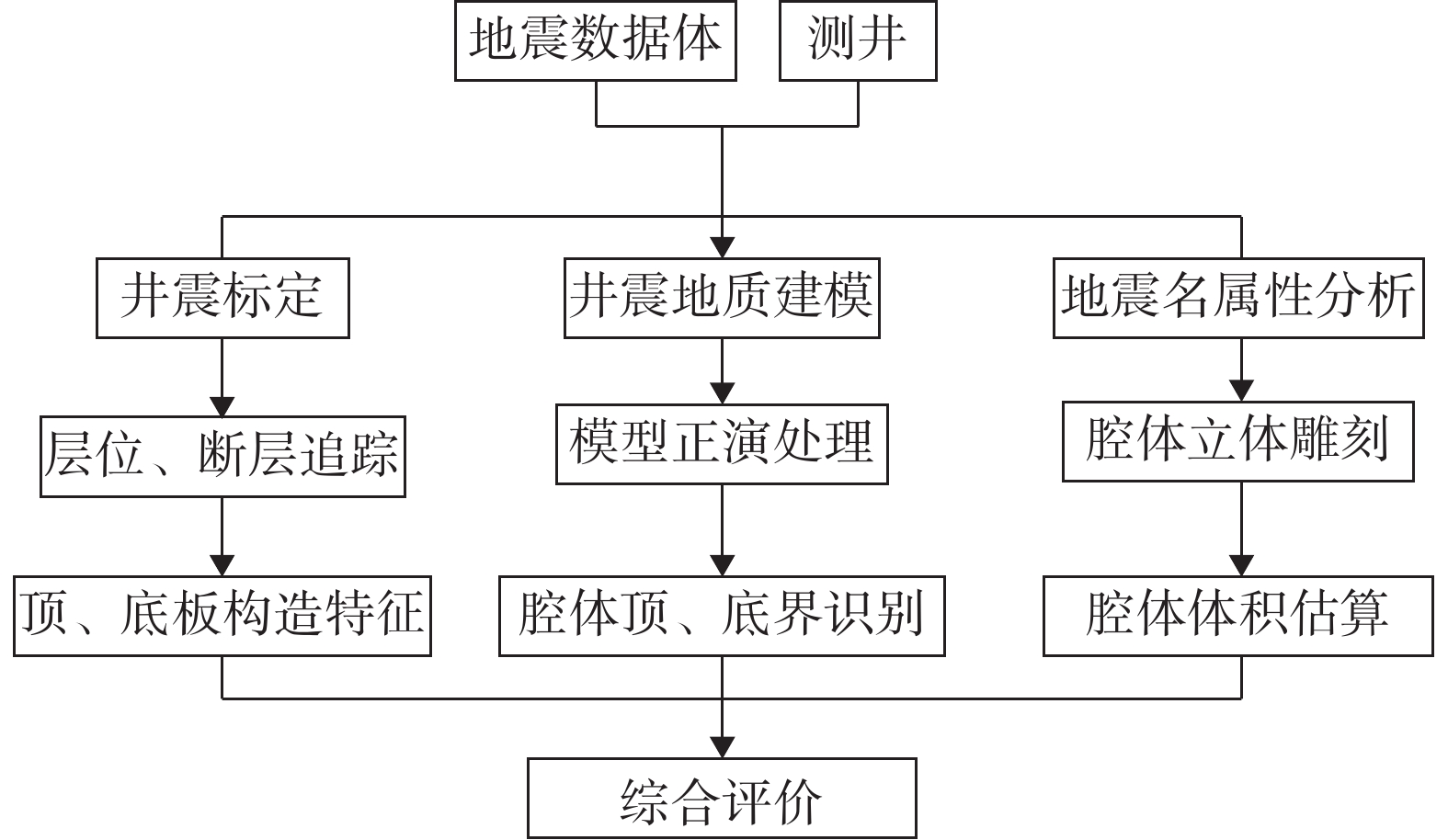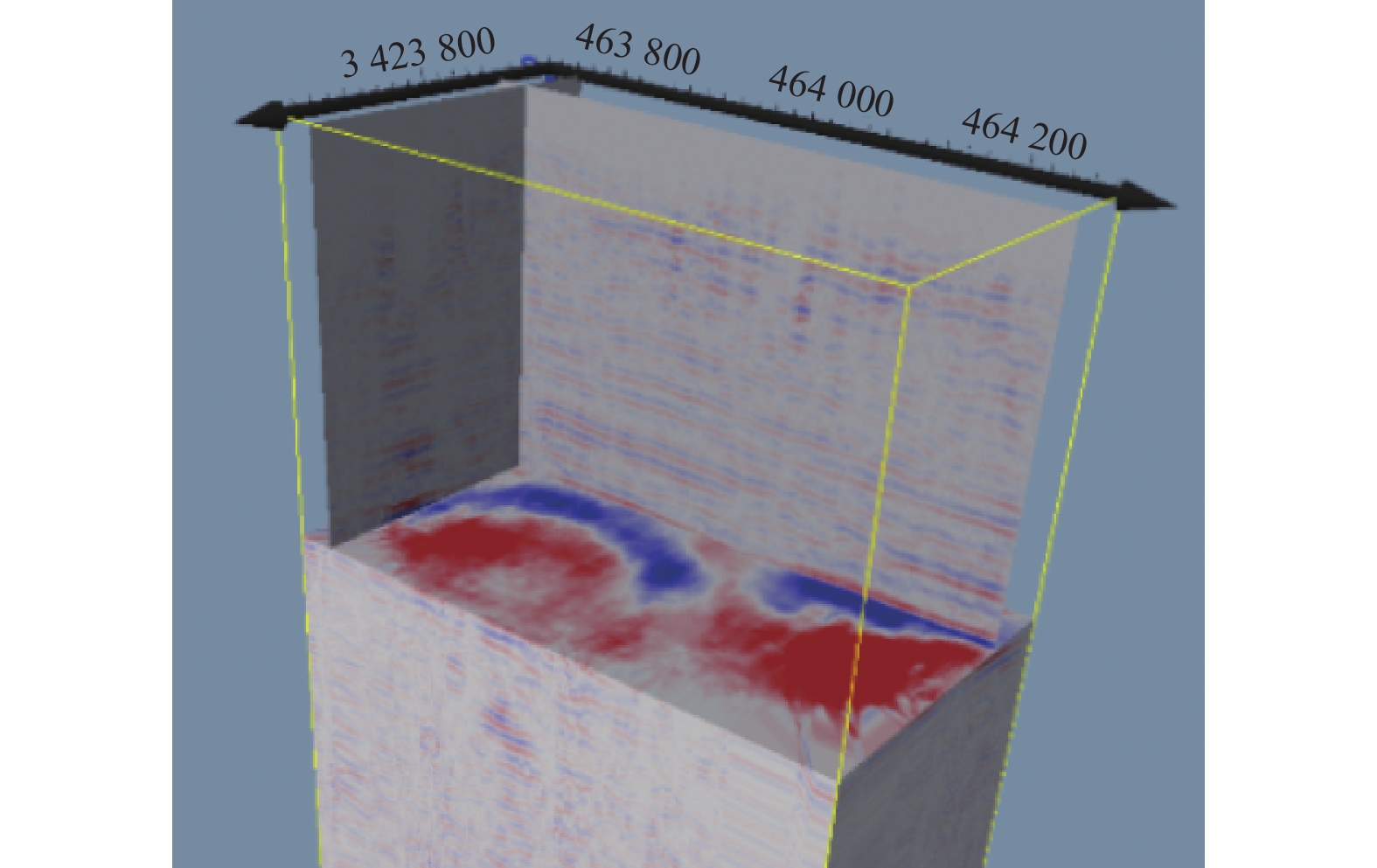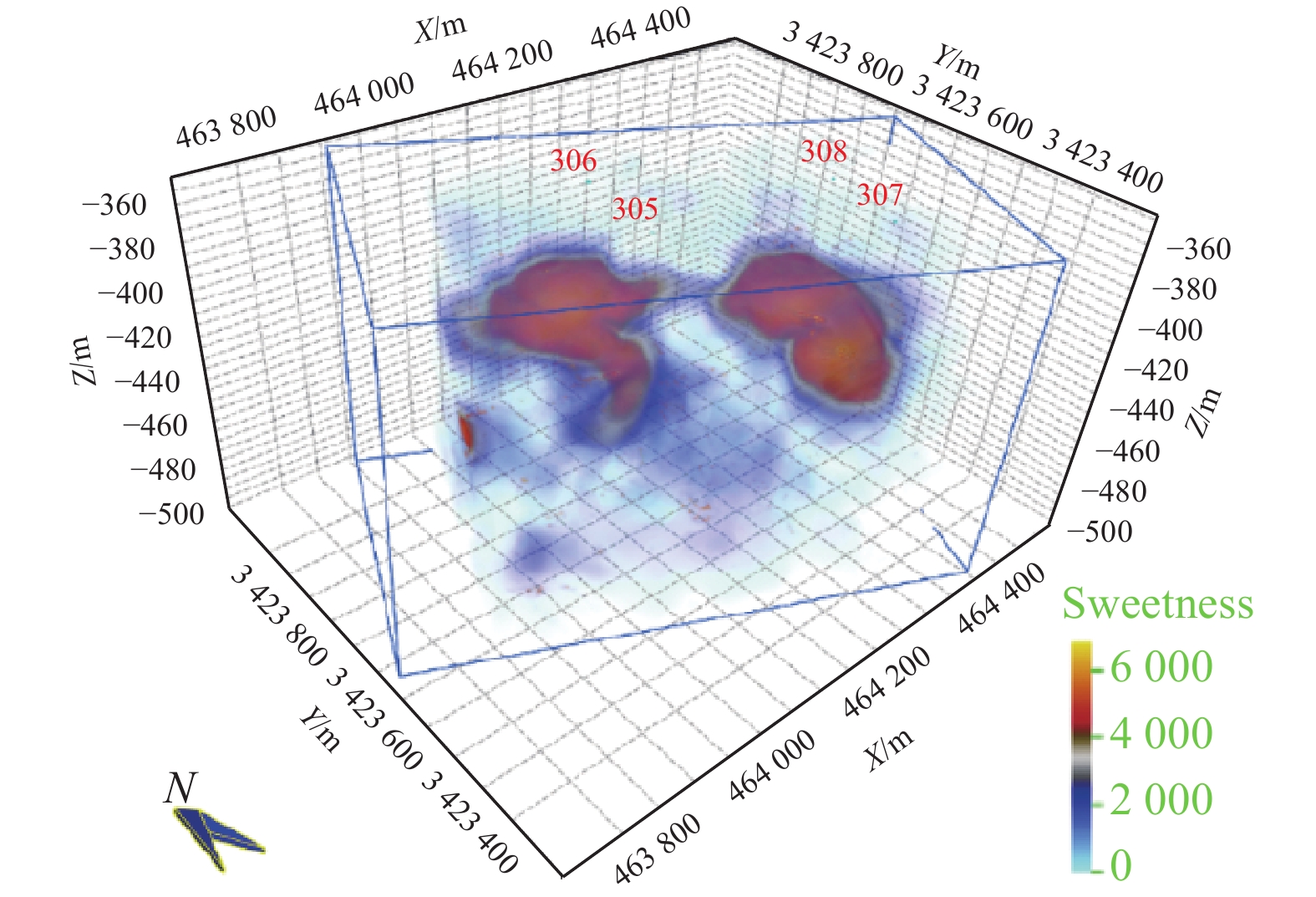-
电力营销市场竞争条件下,越是在调频、调峰需求量大、灵活性调节资源缺乏的地区,储能参与辅助服务或需求响应对系统做出的贡献越大、越显著,所带来的综合效益越多[1]。压缩空气储能[2-4]具备大规模、长时效物理储能能力,可以有效解决太阳能、风能等清洁能源发电并网困难的问题,显著提高能源利用率,具有十分广阔的应用前景。
压缩空气储能是利用电能将空气压缩存储于储气库中,把电能转化为压力势能;需要用电时利用压缩空气的压力势能带动发电机发电,输出稳定电能。根据储气库类型的不同,压缩空气储能可分为盐穴型[5]和人工硐室型[6]两类。盐穴型是利用地下已有盐穴做储气库,充分利用了地下盐穴密封性好、容量空间大、不需要重新建造等优点。盐矿开采形成的盐穴盖层稳定性、盐穴容积是否满足发电容量需求、周围是否存在断层等关键信息,对盐穴压缩空气储能电站的可行性起决定性作用。通过物探手段识别地下盐穴的参数,为盐穴的适用性论证提供关键技术支撑,是盐穴型压缩空气储能电站建设的关键步骤。
地球物理勘探是一种使用物理方法进行地质勘察的技术手段,通过分析各种地球物理场的异常显示,来评判地下目标体相关参数。在众多地球物理探测手段中,高精度三维地震勘探是一种先进物探技术方法,在探测精度、解的唯一性等多个维度,都有非常大的优势[6-8]。该方法在油气藏探测、天然气储气库探测等领域已有较成熟的应用,也是压缩空气储能盐穴物探的重要选择。本文依托国内单机规模最大的压缩空气储能项目——湖北应城300 MW级压缩空气储能电站示范项目[9](以下简称“应城压缩空气储能电站”)的建设实践,研究系统梳理了采用高精度三维地震物探方法在探测压缩空气储能深部盐穴形态时面临的诸多关键问题和应对措施,可对其他盐穴型压缩空气储能项目建设提供指导。
-
在项目选址阶段,地下盐穴自身的条件[10-11]是否满足压气储能项目建设的相关要求,是关系项目成败的最关键条件。经选址得到适宜的地下盐穴,下一步的勘测工作主要包括盐穴的物探、钻探和声呐测腔等。可用作压缩空气储能的盐穴埋藏一般在500 m以下,常规钻探等手段需要花费很大时间和经济成本。盐穴的基本形态等重要信息需要通过高精度三维地震地球物理探测获取,与声呐测腔的直接成果进行相互印证与补充,共同构成地下盐穴论证的关键基础数据[12-13]。高精度三维地震物探技术应用于地下盐穴工程探测主要有3个目的:(1)探测盐穴容积,为盐穴容积是否满足发电容量需求提供参数;(2)判断盐穴上覆盖层情况,确定上覆盐层厚度、排查断层发育情况;(3)获取盐穴的形态分布,为资料井、注采井位置的布设提供依据。
-
高精度三维地震勘探是一种系统性强、对设备要求及专业技术人员要求很高的一种技术方法,在应城压缩空气储能电站物探工作中关键作业流程有以下几点:场地踏勘、观测系统设计及方案布置评审、场地条件施工布置、采集参数试验、正式数据采集、数据处理、资料解释及综合评价等步骤。
1)场地踏勘:场地踏勘着重观察场地内及周边的作业条件,对主要障碍物进行记录,明确盐穴采卤井的平面位置,以便设计合理的观测系统和采集方案。
2)观测系统设计:根据现场实际情况,把握重要原则,在目标盐穴井及周围一定空间范围内,确保覆盖次数大于30次,同时设计的观测系统应避开声波与面波干扰。根据现场实际工程经验总结,CDP网格在不低于5 m×5 m的精度时可以获取较高的分辨率。现场作业时进来使用可控震源车、观测设备和接受设备需要根据实际情况选用,最终实现合理、高效的数据采集流程。
3)场地条件施工布置:为提高采集效率、提高信噪比,三维地震震源激发建议采用可控震源车。可控震源车自重高达数10 t,需提前进行场地便道处理,以免设备无法进场。
4)采集参数试验:三维地震相关设备进场后,需要先摆好检波器,调试震源车的激发参数,通过对震源的出力强度、扫描频率、扫描长度和震动次数(垂直叠加)进行试验,以确定最佳的采集激发参数。根据地层特征,选择合适的采样率、采样长度,防止假频的产生。在参数试验时,可用地震小折射法进行场地低速带调查,以掌握低降速带速度,建立近地表结构模型,为静校正处理提供基础。
5)正式数据采集:按照设计的采集方案,依次激发震源,多条检波线同时接收,滚动排列,直至完成所有采集任务。当日需对采集的数据进行质量检查,如有不合格数据及时补测。在数据采集过程中如有特殊场地情况,应立即采用合理变观措施。
6)数据处理:在将原始数据做完互相关后,需进行一系列的数据处理的流程。某些地区低降速带速度和厚度存在横向变化,需开展细致的静校正研究;排除面波、线性干扰以及异常振幅干扰;地震资料频率特征在空间上及子波一致性存在一定的差异,要开展子波一致性处理工作等。三维地震数据处理流程如图1所示。
7)资料解释及综合评价:盐穴所处区域的地质资料是三维地震标定的重要依据,可以通过盐矿开采老井的测井、开采井的钻井完井资料、盐矿的探矿资料等进行盐穴所处地区的地质建模,确定地质模型相关参数。开展模型正演处理,通过与实际地震资料进行对比,明确盐穴腔顶、腔底地震反射特征。开展地震多属性提取分析,结合正演模型选择优势属性,精细刻画腔体分布特征。利用腔体立体雕刻技术,定量雕刻腔体边界,估算腔体体积,对盐腔进行综合评价,盐穴三维地震资料解释流程如图2所示。
-
依据应城压缩空气储能电站的物探工作经验,总结盐穴物探应在数据处理和资料解释两个方面,结合盐穴的特性进行针对性处理,才能获取优良的探测结果。地震数据处理的前提是在对原始资料进行全面评价分析,并建立符合场地实际的、满足探测任务的观测系统。良好的野外第一手数据是数据处理的基础,而优秀的数据处理结果则是资料解释的前提。
-
在进行盐穴三维地震数据处理时[14],需要着重关注以下关键问题:
1)最小相位化预处理
实施盐穴的高精度三维地震勘探,可控震源是更加经济有效且节省工期的震源激发方式。可控震源激发获得的是零相位子波地震数据,处理前需做最小相位化处理,把零相位数据变换成最小相位子波地震数据,以满足后续开展反褶积等处理的假设前提。
2)层析反演静校正处理
在湖北应城等南方地区,较普遍面临低降速带速度和厚度存在横向变化、高程静校正不能完全解决厂区内静校正问题的情况,基于大炮初至[15]的层析反演表层建模静校正可以较好地改善这类影响。这种方法精度高,可利用地震波射线的走时和路径反演介质速度结构,为后续信号处理提供配套静校正量及为叠前深度偏移建模提供高精度表层速度模型。
3)叠前去噪处理
盐矿分布区通常都位于人文活动较活跃的区域,会存在各类干扰地震波。针对信噪比相对较低的地震数据,分析不同地表条件及地下地质条件对地震资料的影响及其干扰波的类型,以高信噪比、高分辨率、高保真度为目标,重点压制各类噪声干扰[16],突出有效波。针对地震资料中噪声干扰严重的问题,重点分析各种噪声的特点及规律,针对面波干扰、不同视速度的线性干扰以及声波干扰等,重点开展叠前组合去噪处理技术应用[17-18]。
4)一致性处理
应城压缩空气储能电站厂区地表为沼泽、稻田、坚硬土、松散土等,不同的地表条件、不同激发接收条件下地震资料的振幅及子波一致性会在空间上存在明显差异,对数据质量产生严重影响,针对这一问题,需采用地表一致性振幅补偿、地表一致性反褶积技术等[19],使得不同地表、地震地质条件下的资料处理结果从能量、频率、波组特征等方面具有一致性,通过合理压缩子波提高资料的分辨率,为盐腔顶底板及边界的刻画奠定基础。
5)构建准确的速度场
采用叠前偏移处理进行准确成像,通过常速扫描、多次选代速度分析以及叠前偏移等技术进行处理,速度控制线一定要足够密,构建准确的速度场,实现反射信息的真正归位,保证地质体准确成像。
-
盐穴地震资料解释[20]目的是要完成腔体的精细刻画,其关键技术在多属性综合分析。地震属性分析与解释属于可视化地震解释技术,地震属性可分为波形、相位、频率、振幅、能量、波速、相关和比率、波阻抗等9大类,表征运动学特征、地震波形态、统计特征、动力学特征的物理量,有着明确的物理意义。
通过分析应城压缩空气储能电站项目盐穴地震数据,叠后振幅数据体如图3所示,地震属性盐腔形态刻画如图4所示。可知盐穴道积分属性、反射强度属性、甜点属性等识别对腔体空间展布有明显优势,而边缘检测属性则对于腔体边缘刻画及连通性具有较强的指示。为尽可能准确地刻画盐腔形态,需要从众多的属性类型中,针对性地优选出合适的属性,结合正演模拟加以综合对比,方可得到较为准确的形态、体积、埋深等参数。
-
压缩空气储能技术具有广阔的发展前景,是助力我国实现“碳达峰、碳中和”的关键技术之一。如何准确识别地下盐腔参数是盐穴型压缩空气储能项目实施中的最重要环节。本文依托湖北应城300 MW级压缩空气储能电站示范项目,研究了高精度三维地震勘探在盐穴物探上的应用,对三维地震勘探的作业流程与关键技术作出了实践总结,可为地下盐穴型大规模压缩空气储能建设提供参考。
1)满足盐穴参数的精度要求,盐穴三维地震物探观测系统设计应充分满足高分辨率的需求,CDP网格不低于5 m×5 m的精度,确保目标区覆盖次数大于30次。
2)根据盐穴所处场地的实际条件,三维地震数据处理需要采用静校正处理技术、叠前去噪技术,以使数据质量呈现高信噪比、高分辨率、高保真度的特征;针对不同的激发接收条件需采用一致性处理技术,构建准确的速度场以实现精确的深度归位。
3)在盐穴三维地震资料解释上,可结合地震正演拟合模型,采用多种优势地震属性相结合对盐腔进行精确刻画。道积分属性、反射强度属性、甜点属性等在识别盐穴腔体空间展布上有明显优势,而边缘检测属性则对于腔体边缘刻画及连通性具有较强的指示。
Key Problems and Techniques of Geophysical Exploration in Underground Salt Cavern for Compressed Air Energy Storage
doi: 10.16516/j.gedi.issn2095-8676.2023.02.004
- Received Date: 2022-12-29
- Rev Recd Date: 2023-02-15
- Available Online: 2023-03-13
- Publish Date: 2023-03-25
-
Key words:
- compressed air energy storage (CAES) /
- salt cavern /
- salt cavern survey /
- salt cavern assessment /
- 3D seismic geophysical exploration
Abstract:
| Citation: | WAN Mingzhong, JI Wendong, SHANG Haoliang, YAO Yuanfeng, ZONG Yuquan. Key Problems and Techniques of Geophysical Exploration in Underground Salt Cavern for Compressed Air Energy Storage[J]. SOUTHERN ENERGY CONSTRUCTION, 2023, 10(2): 26-31. doi: 10.16516/j.gedi.issn2095-8676.2023.02.004 |


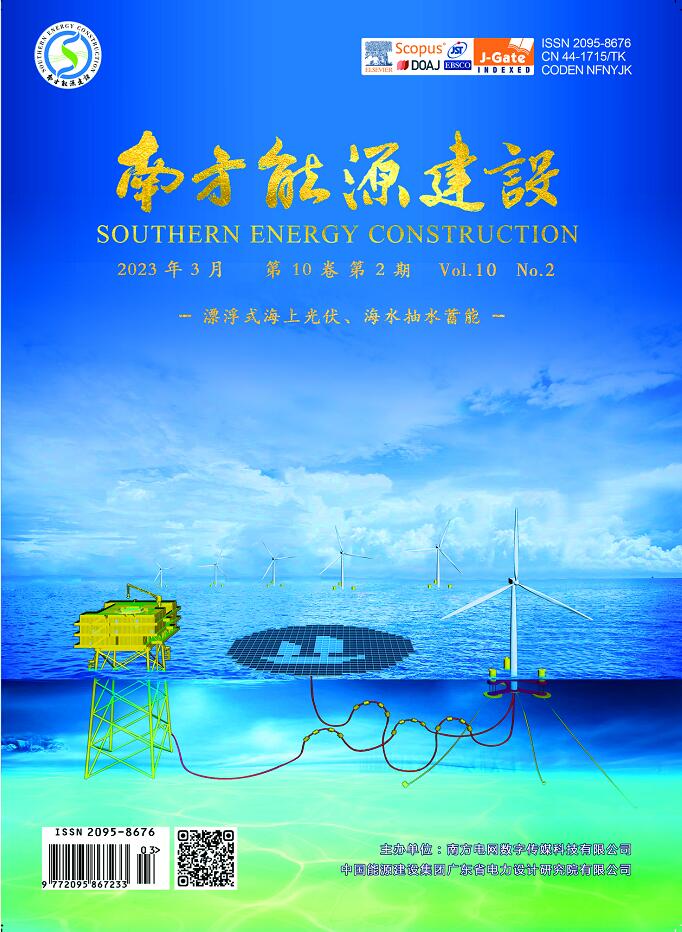

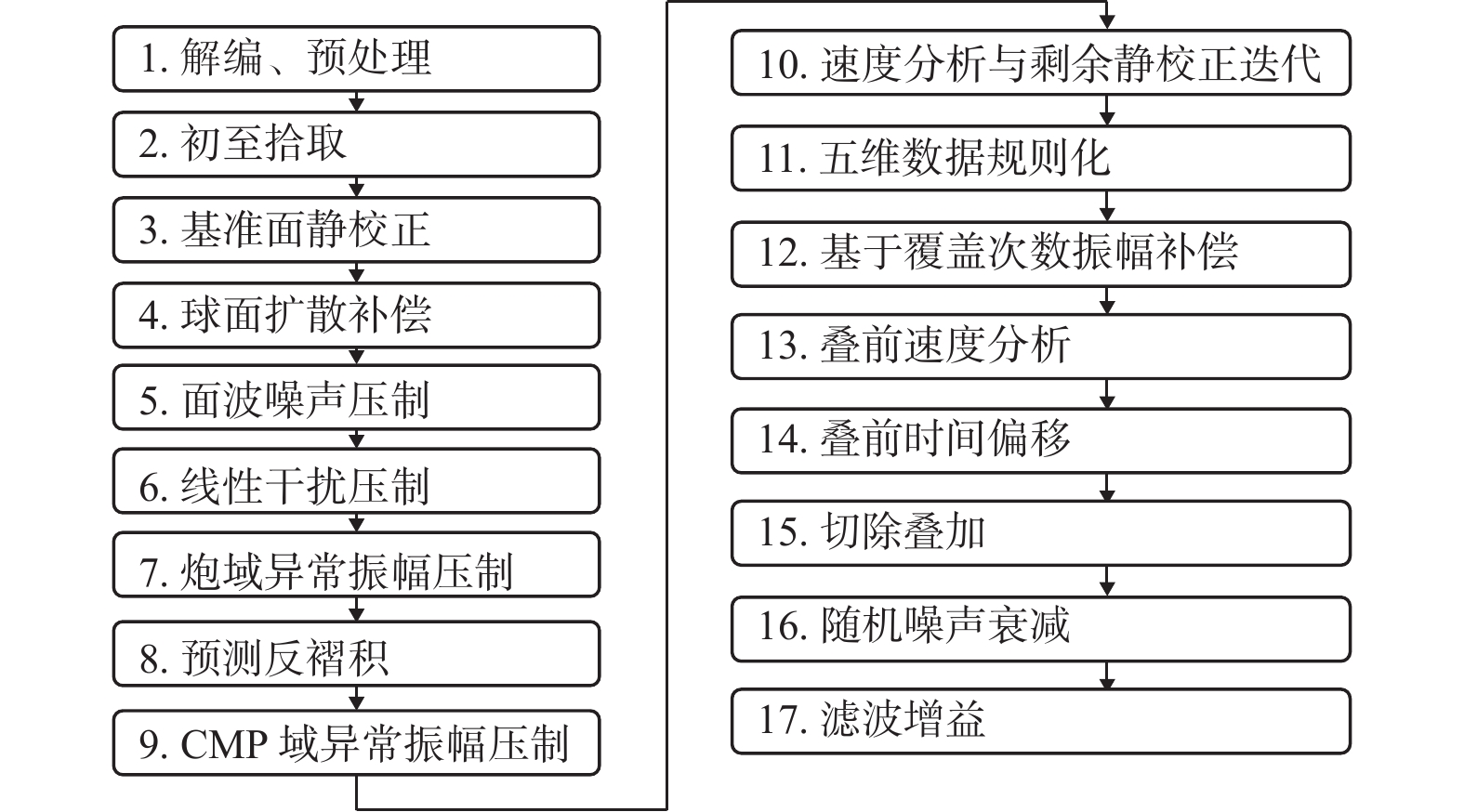

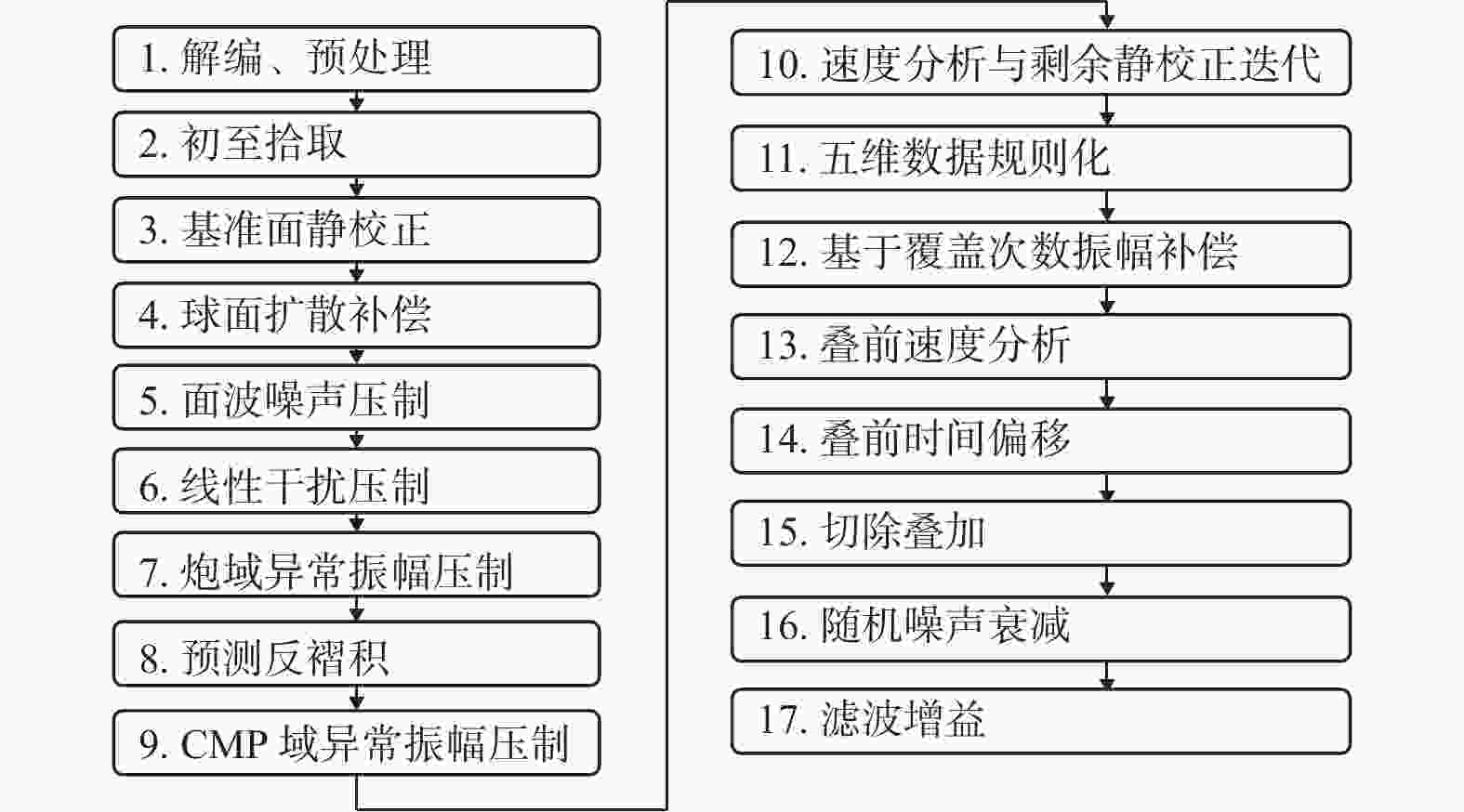
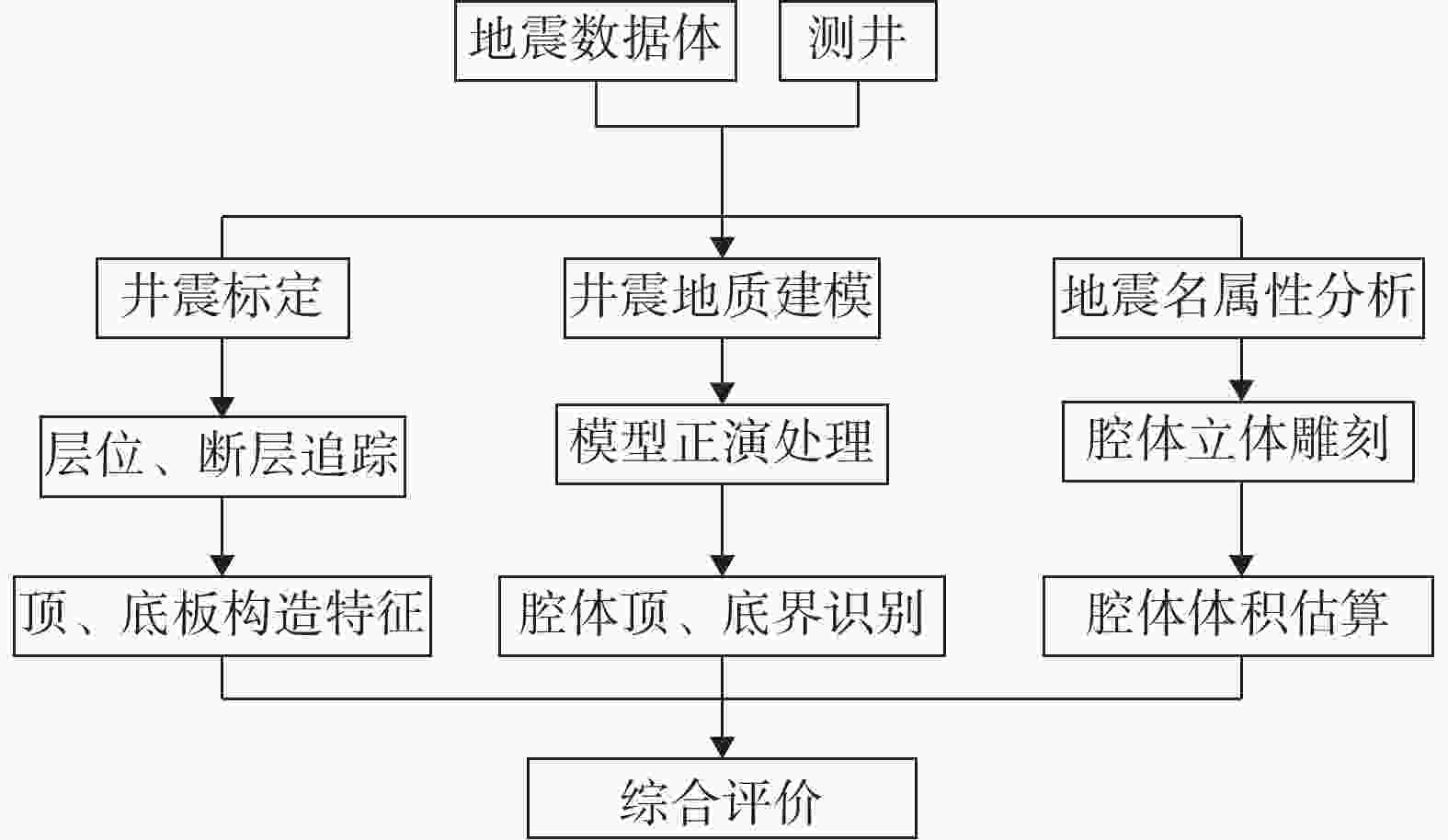
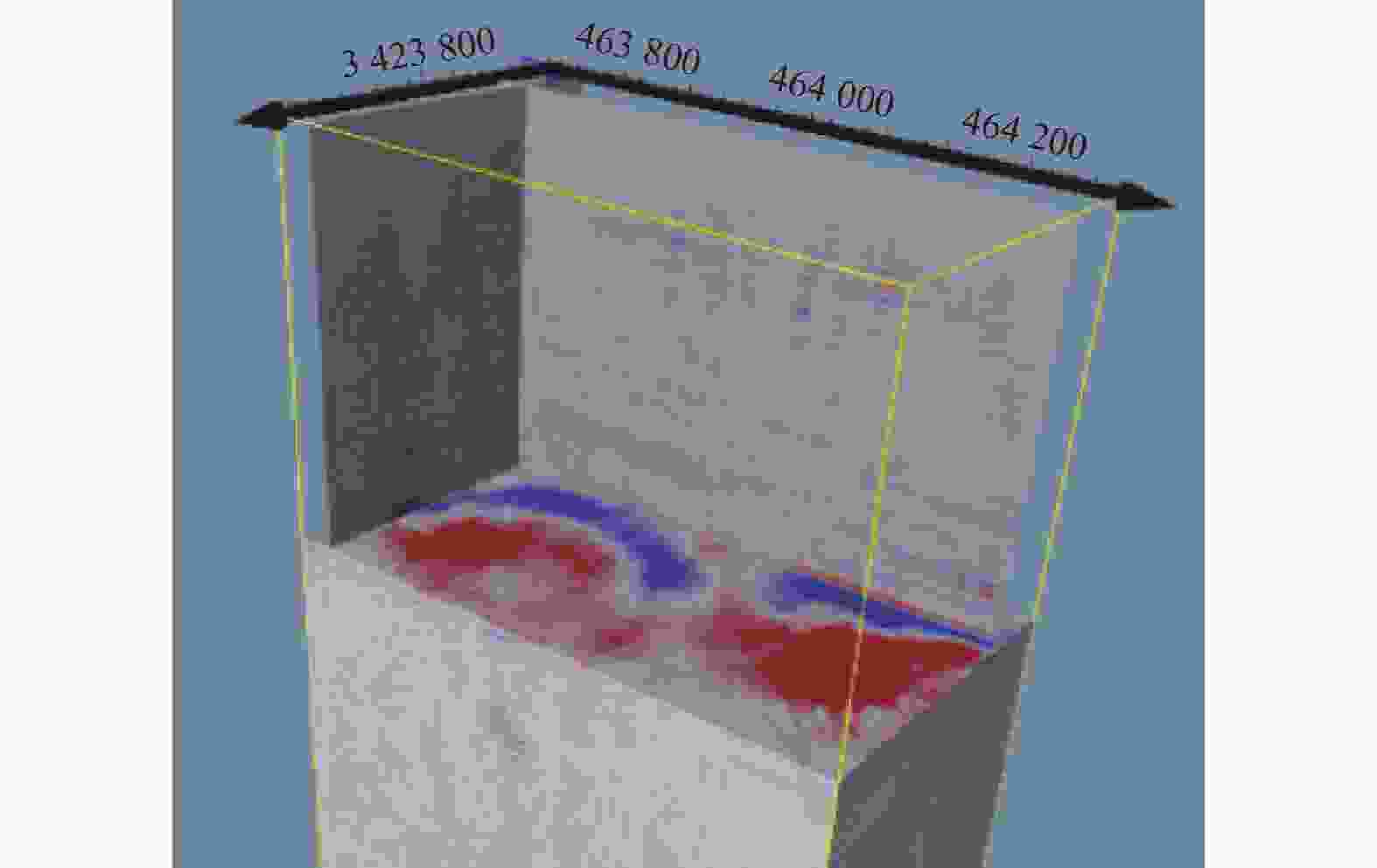
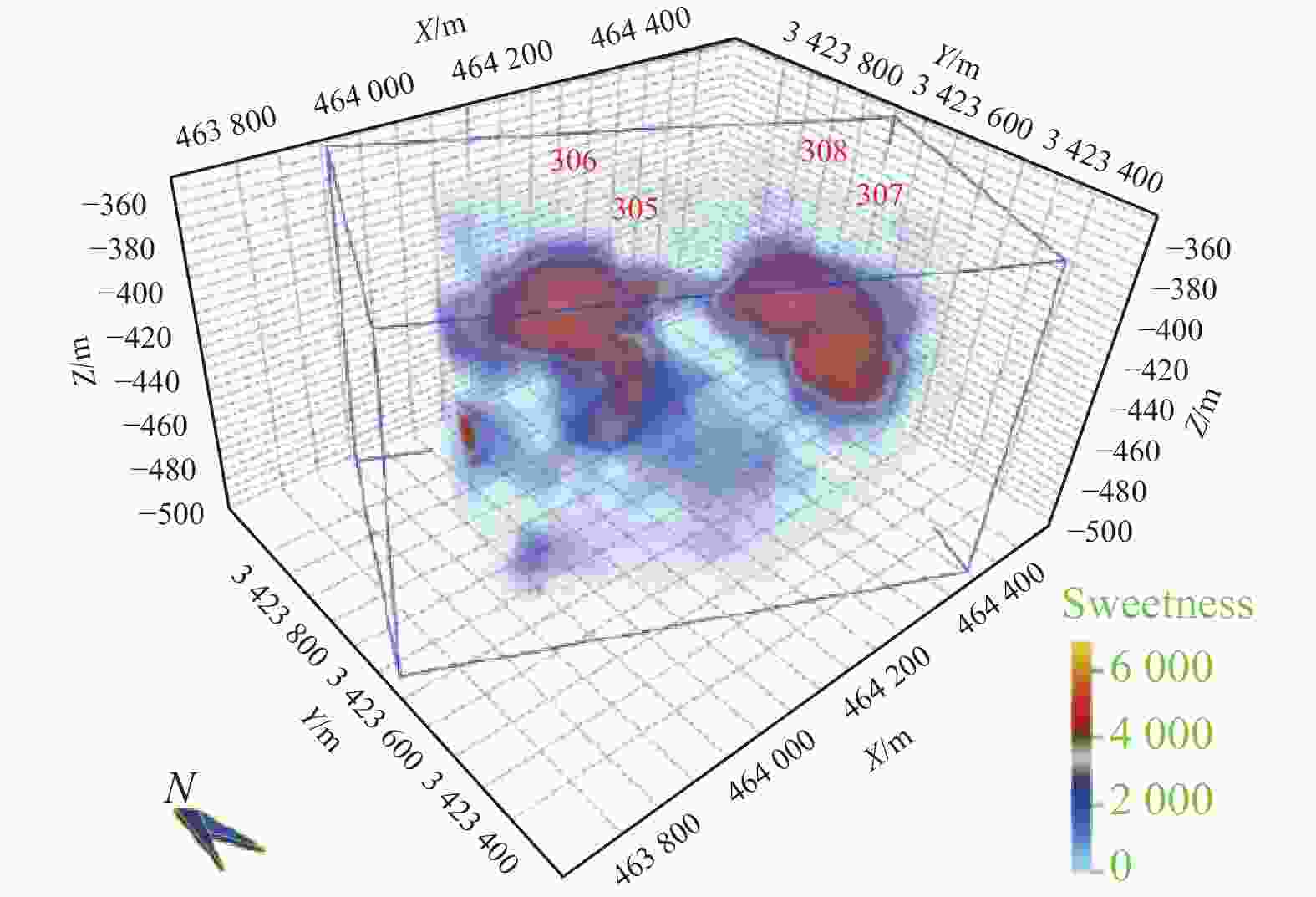

 DownLoad:
DownLoad:
